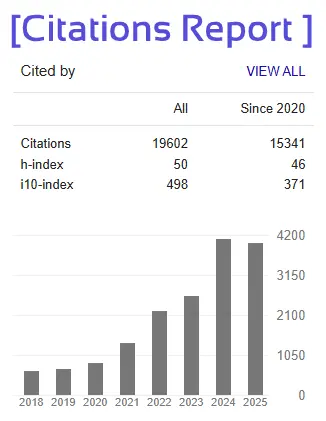Employee Attrition Prediction Using Data Analytics
YUKTA JAISWAL
School of Business Galgotias University
UNDER THE GUIDANCE OF :- MS. BALA SHIWANGI
School of Business Galgotias University
ABSTRACT
Employee attrition poses a strategic challenge for organizations, affecting operational continuity, talent retention, and long-term development. Recognizing this, the present study explores how predictive data analytics can be utilized to forecast employee turnover and uncover the primary factors influencing such behavior. The aim is to support Human Resource (HR) professionals in crafting data-informed strategies that mitigate the risk of attrition and promote employee engagement.
This research adopts a structured, quantitative approach, employing machine learning algorithms to analyze patterns within employee-related data. Using the IBM HR Analytics dataset sourced from Kaggle, the study investigates a wide array of variables including demographics, compensation, work environment, and job roles. A multi-stage methodology is followed, which includes data cleaning, transformation, exploratory analysis, feature importance ranking, model development, and performance evaluation.
Key steps involve preprocessing the dataset to handle inconsistencies and imbalances, followed by visualization techniques to explore trends in attrition. Critical predictors—such as overtime frequency, income levels, tenure, and job designation—are extracted to train predictive models. Various machine learning techniques including Logistic Regression, Decision Trees, Random Forest, and Neural Networks are assessed based on metrics such as accuracy, recall, precision, and F1-score.
Among the models evaluated, ensemble methods like Random Forest show strong predictive accuracy due to their capacity to interpret nonlinear relationships between features. The results highlight that long working hours, inadequate compensation, and stagnation in career progression are leading contributors to voluntary attrition.
Importantly, the study emphasizes the practical application of predictive analytics in HR functions. By identifying high-risk employees early, organizations can implement personalized retention efforts, enhance workplace satisfaction, and ensure strategic workforce planning. The research ultimately offers a replicable framework for integrating machine learning into HR decision-making systems, enabling proactive and cost-effective management of employee turnover.
Keywords:- Employyee attrition, Data Analytics







